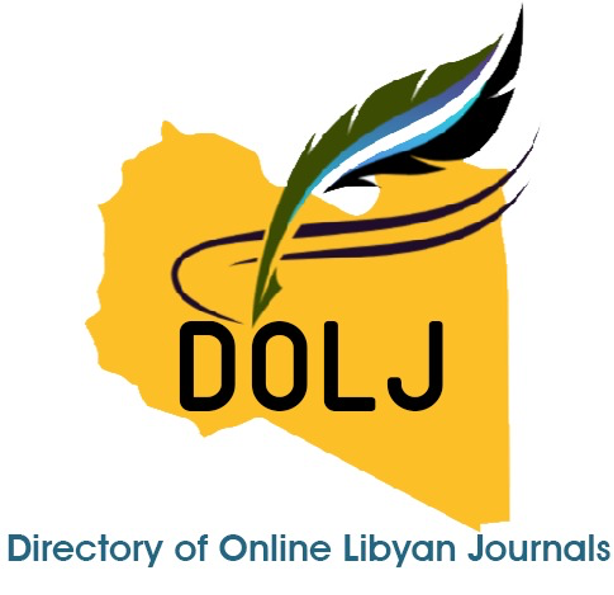This article examines the importance of discourse analysis in language classroom. At the outset it describes what the discourse analysis is and its implications. It then proceeds to show the reasons for the learners’ difficulties in developing communicati
DOI:
https://doi.org/10.36602/faj.2015.n04.09Keywords:
Discourse analysis, scaffolding, zone of proximal developmentAbstract
This article examines the importance of discourse analysis in language classroom. At the outset it describes what the discourse analysis is and its implications. It then proceeds to show the reasons for the learners’ difficulties in developing communicative competence and what the teacher should do to get over this problem. This paper also identifies the difficulties the Libyan learners of English face in acquiring English required to communicate in different situations. Then it explains the theory of zone of proximal development and examines the scope of scaffolding which can lead learners to engage in discourse authentically. It also examines the importance of collaborative learning to develop the students’ language competence. An example of a classroom activity is also presented. The article ends with the conclusion that discourse analysis in language classroom will greately aid in language teaching and learning.
Downloads
Published
How to Cite
Issue
Section
License
Copyright (c) 2015 عمر البكباك

This work is licensed under a Creative Commons Attribution 4.0 International License.
All works published in this journal are licensed under the Creative Commons Attribution 4.0 International License (CC BY 4.0), which permits use, sharing, adaptation, and redistribution for any purpose, including commercial ones, provided that proper credit is given to the original author and source, a link to the license is provided, and any changes made are indicated.

















